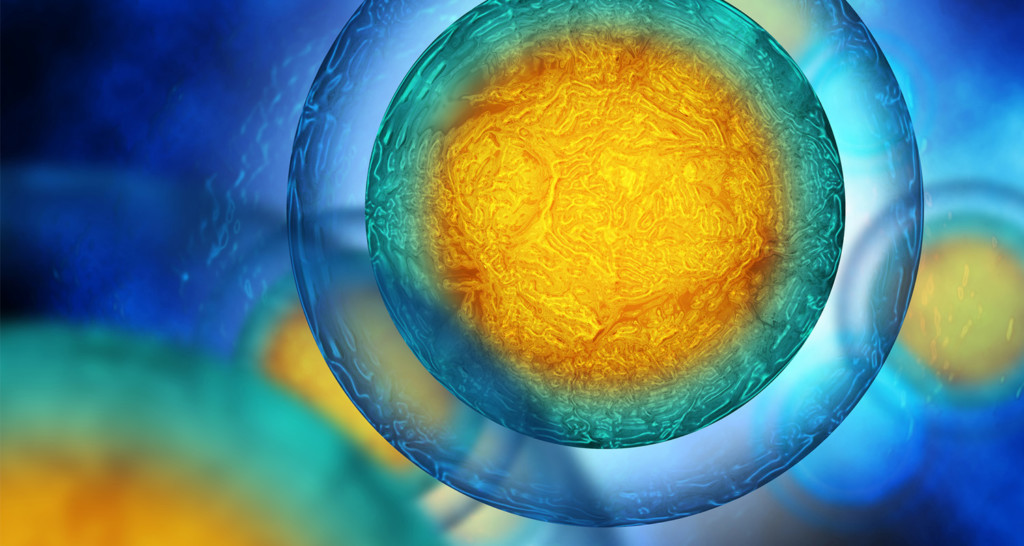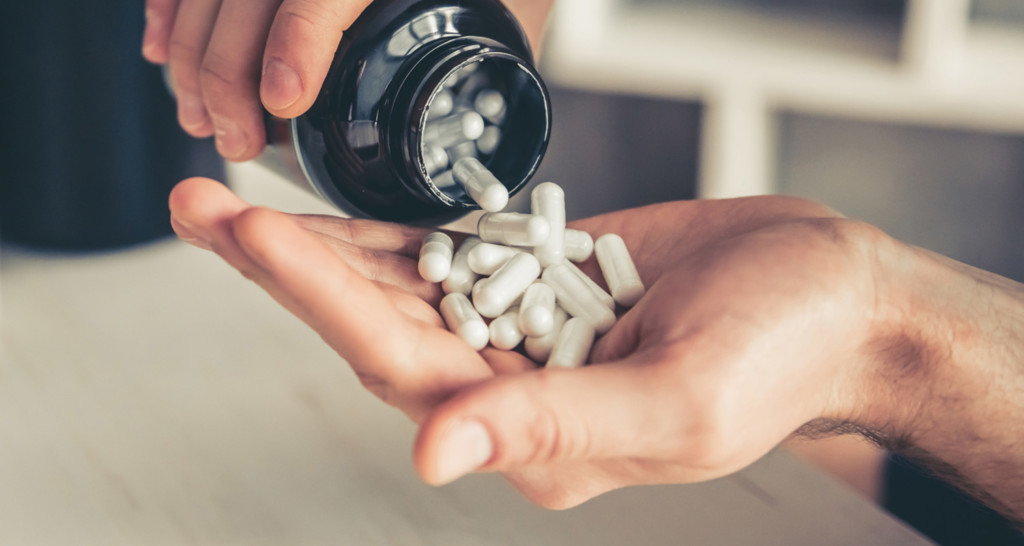[tldr]
- Lucid dreaming is the awareness that you’re dreaming—and the ability to control what happens within that dream.
- Studies show the areas of the brain associated with self-awareness are activated in lucid dreamers while they’re asleep.
- There are certain supplements—like Galantamine and Huperzine-A—that may make it easier to lucid dream.
- Other techniques includes waking yourself up five hours after falling asleep, or keeping a dream journal.
[/tldr]
For most people, dreaming is like watching a movie. You can see what’s going on, but you have no control over what’s actually happening. You don’t actively participate in the creation of your dream (otherwise, who would choose to suffer through the dream where you end up on stage in your underwear?).
But not all dreams are created equal. There’s a state of consciousness that gives you control over the direction of your dreams (so, in the case of ending up on stage in your underwear, you could elect to go and find some pants). It’s called lucid dreaming, and not only is it fun, it can lower anxiety and teach you to be more present.
Read on to learn how lucid dreaming works, and science-backed ways that can help you take control of your dream experience — including supplements that can boost your ability to lucid dream.
Related: How to Sleep Better: Science-Backed Sleep Hacks to Wake Up Ready to Go
What is lucid dreaming?
Lucid dreaming is exactly what it sounds like—it’s a dream experience where you’re completely lucid and aware that you’re dreaming.
“One of the elements of a lucid dream is for you to be aware that you are dreaming,” says clinical psychologist Dr. Lori Whatley. Then, once you’re aware you’re in a dream, you can take control of what happens—and consciously direct the details with said dream (like where you are, what you’re doing, and who you’re interacting with).
Lucid dreaming occurs during the deep REM stage of sleep—and if you’re thinking “well, that sounds a little…out there,” there’s some science to back it up.
One 2012 study connected self-reported lucid dreamers to fMRI (functional magnetic resonance imaging) machines to monitor their brain activity while they were awake and then while they were lucid dreaming.[ref url=”https://www.ncbi.nlm.nih.gov/pmc/articles/PMC3369221/”] Researchers asked participants to do a series of rapid eye movements and fist clenching while hooked up to the machine. They then asked them to fall asleep—and once they entered their lucid dream (and were able to control their actions), to do the same series of movements and clenching.
Only one participant was able to enter a long enough REM cycle to be analyzed by the fMRI machine. But researchers found that the participant showed a brain activity typically deactivated during REM sleep—in particular, they observed activity in regions of the brain responsible for self-awareness.
Why should you consider adding lucid dreaming to your routine?
So, there’s some science to back up the lucid dreaming phenomenon—and the idea that lucid dreaming may be possible. So then, the questions becomes, why would you do it?
According to Whatley, there are certain psychological benefits to the lucid dreaming experience that can benefit your life long after you wake up, including reduced anxiety and becoming more present.
“Lucid dreaming has benefits such as becoming aware of your own limitations and those of the world around you,” says Whatley. “It can help you become aware of your surroundings and help you be [more] present, which lowers anxiety.”
In addition to having a psychological benefit, there’s something else you might be able to gather from the lucid dreaming experience.
Milana Perepyolkina, author and frequent lucid dreamer, says you should consider learning how to lucid dream because, well, it’s fun.
“Lucid dreaming is better than reality,” says Perepyolkina. “I can talk to any person I wish. I can visit any place I wish. I can experience any activity I wish. I can walk through walls and I can fly. I can make things appear and disappear. I can speed up the healing of the physical body while it sleeps. I can talk to people who passed away.”
3 ways to take control of your dreams
Now, in a perfect world, everyone would be able to lucid dream—but that’s just not the case. According to Matthew Walker, professor of neuroscience and psychology at the University of California, Berkeley, in this video for Tech Insider, only about 20 to 30 percent of the population are natural lucid dreamers. So, if you’re not a natural lucid dreamer, how can you take control of your dreams?
1. Take the right supplements
There are supplements you can add to your regimen that may help boost your ability to lucid dream.
Some of the most popular supplements in the lucid dreaming community include:
Galantamine
Galantamine is an acetylcholinesterase inhibitor (AChEI) that blocks the breakdown of acetylcholine, a neurotransmitter that plays a huge role in sleep and memory.[ref url=”https://www.ncbi.nlm.nih.gov/pubmed/11060814″] When your body can’t break down AChEI, it prolongs the REM sleep cycle, which can increase your chances of lucid dreaming. One study found that 57 percent of participants experienced lucid dreaming while taking galantamine supplements—compared to only 14 percent of participants who received a placebo.[ref url=”https://journals.plos.org/plosone/article?id=10.1371/journal.pone.0201246#sec007″] Take up to 8 milligrams of galantamine a day.
Take note, galantamine can have some serious side effects, including skin reactions like a rash, stomach ulcer, slows your heart rate, and exacerbates lung disease and asthma.
Huperzine-A
Huperzine-A is a potent extract from the Chinese club moss plant, that, similar to galantamine, blocks the breakdown of acetylcholine. Typically used as a treatment for memory and cognitive functioning, this herb has become a favorite in the lucid dreaming community due to its ability to produce similar effects to galantamine—without the negative side effects. Take up to 200 micrograms a day.
Vitamin B6
As mentioned, part of being able to lucid dream is the ability to vividly recall your dreams—and vitamin B6 has been shown to help improve dream recall.[ref url=”https://journals.sagepub.com/doi/10.1177/0031512518770326″] Research shows that 240 milligrams a day can help you remember your dreams in more detail.
Melatonin
Melatonin is one of the most commonly used supplements in the world—but this natural sleep aid can also enhance REM sleep and, as a result, increase your chances of lucid dreaming. The most common dosage is 3 milligrams, although that’s more than most people need. Learn more about melatonin and dosing here.
Related: The Best Sleep Supplements: Fall Asleep Fast With Biochemistry
2. Try the MILD Technique
The MILD Technique (which stands for mnemonic induction of lucid dreams) involves setting an alarm for five hours after you fall asleep. Once you’re awake, set the intention to remember you’re in a dream—then immediately go back to sleep. A recent study from researchers at the University of Adelaide found the MILD technique increased the likelihood of lucid dreaming by almost 50 percent.[ref url=”https://psycnet.apa.org/doiLanding?doi=10.1037%2Fdrm0000059″]
3. Start a dream journal
Consider starting a dream journal. The more aware you become of your dreams while you’re awake, the more easily you’ll be able to bring that consciousness to your dreams while you’re asleep.
“[Journaling] helps you become accustomed to remembering dreams—which is necessary for lucid dreaming,” says Whatley.
Keep a notebook by your bed and record your dreams as soon as you wake up—the more detailed, the better. Record any feelings, patterns, themes, images — anything you can remember.
With the right combination of practice, supplements, and a little bit of luck, you may find yourself in the driver’s seat next time you go to sleep.
Ready to take your sleep to the next level? Try the Bulletproof 30-Day Sleep Challenge.


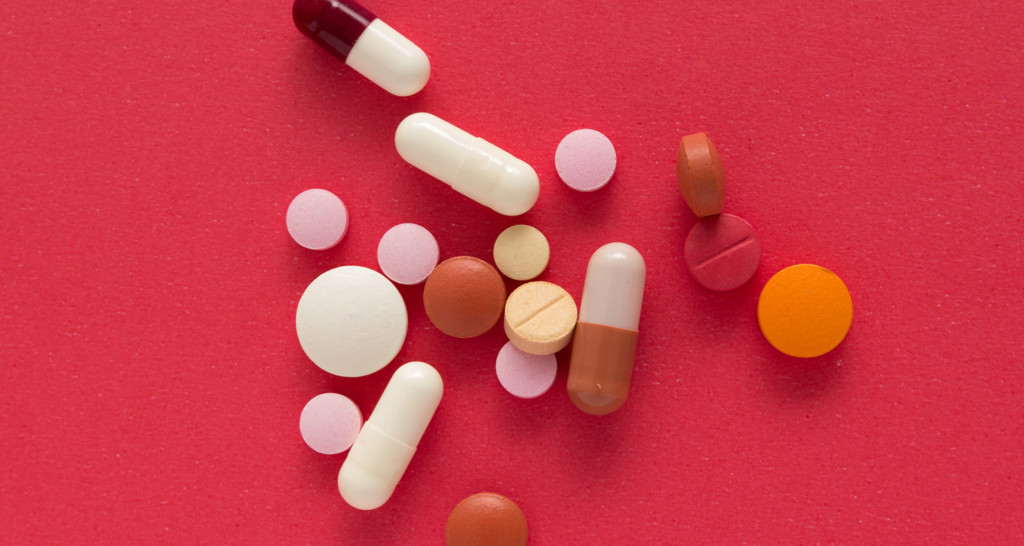








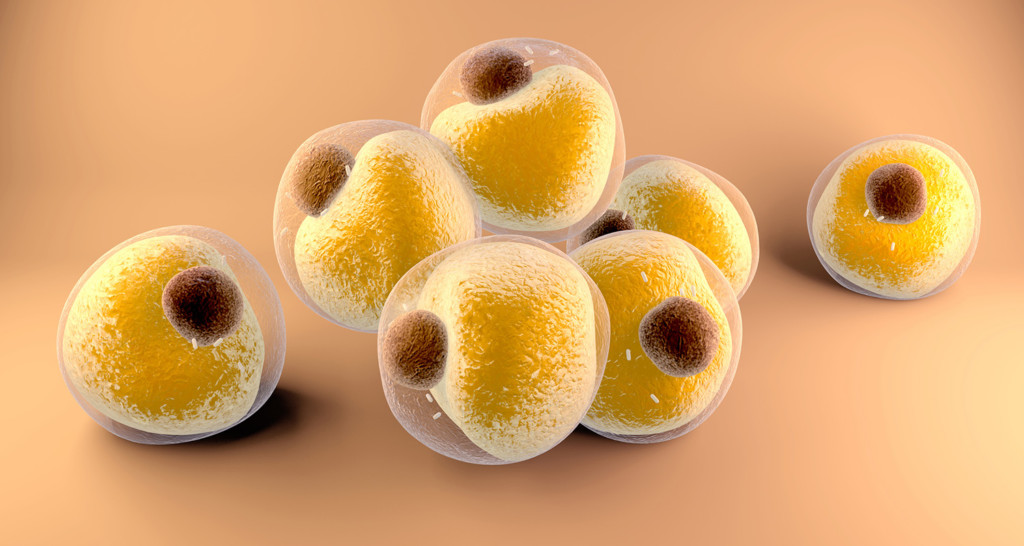



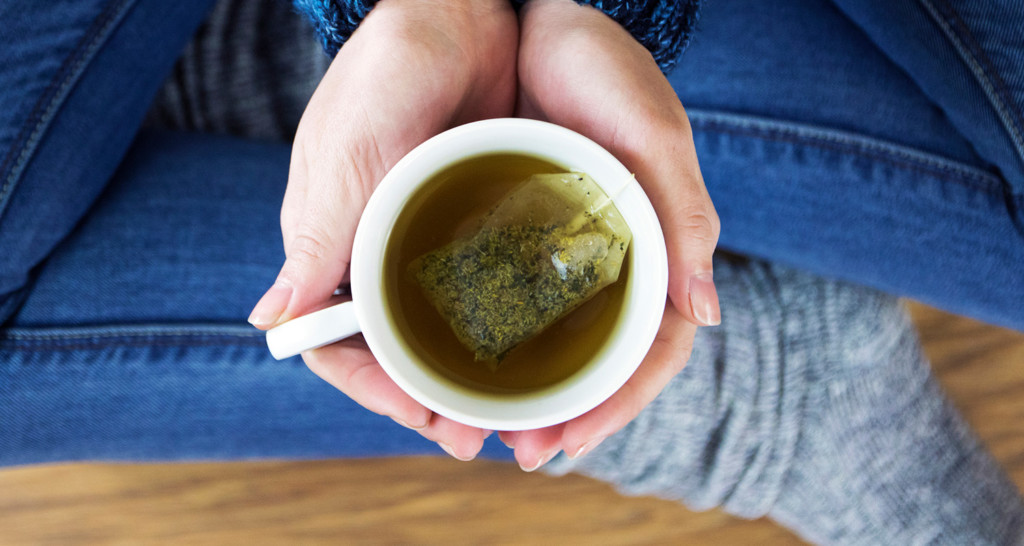
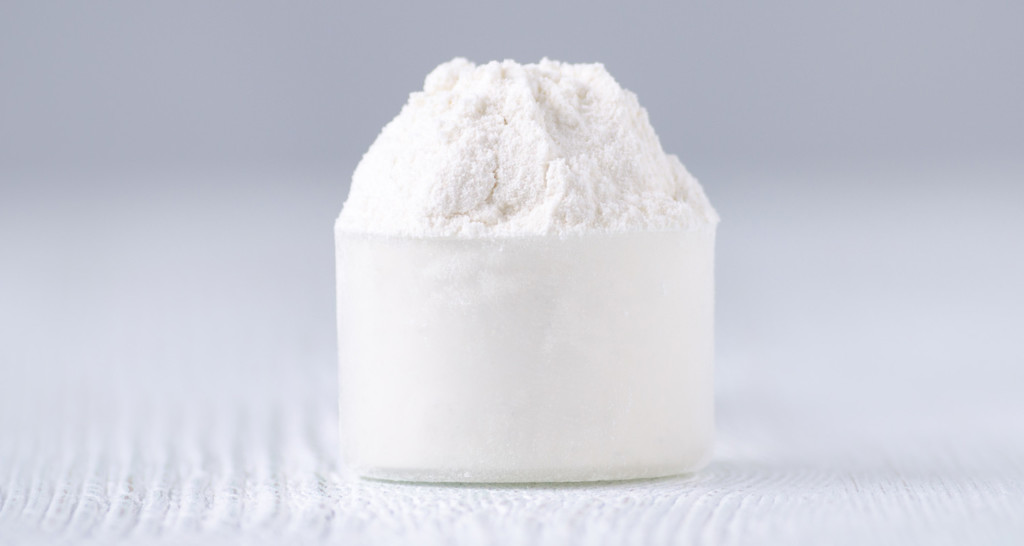

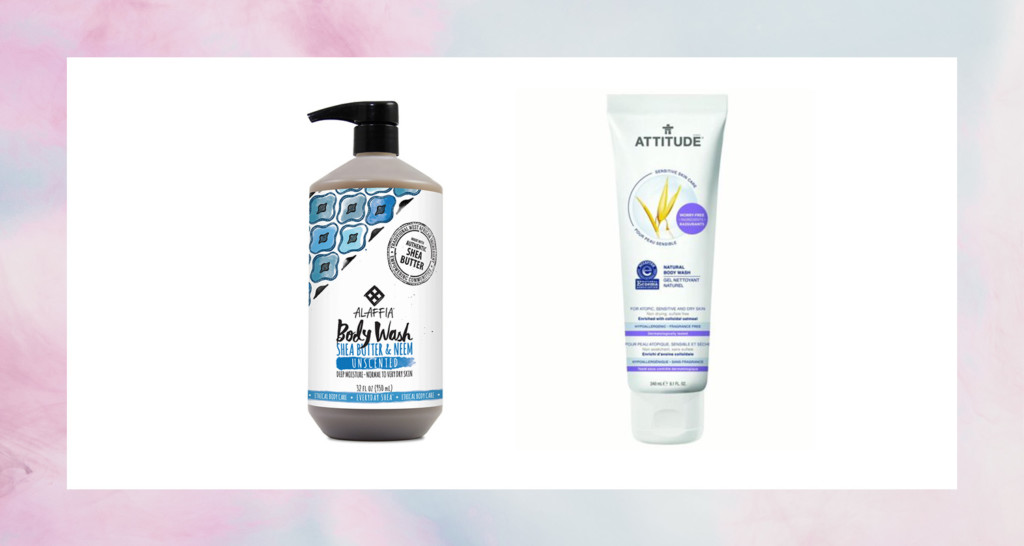
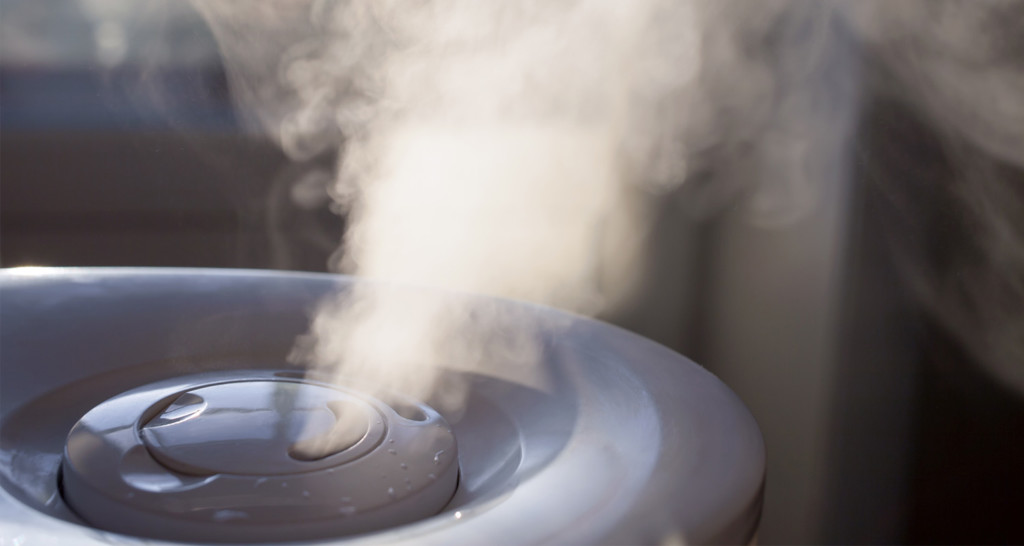
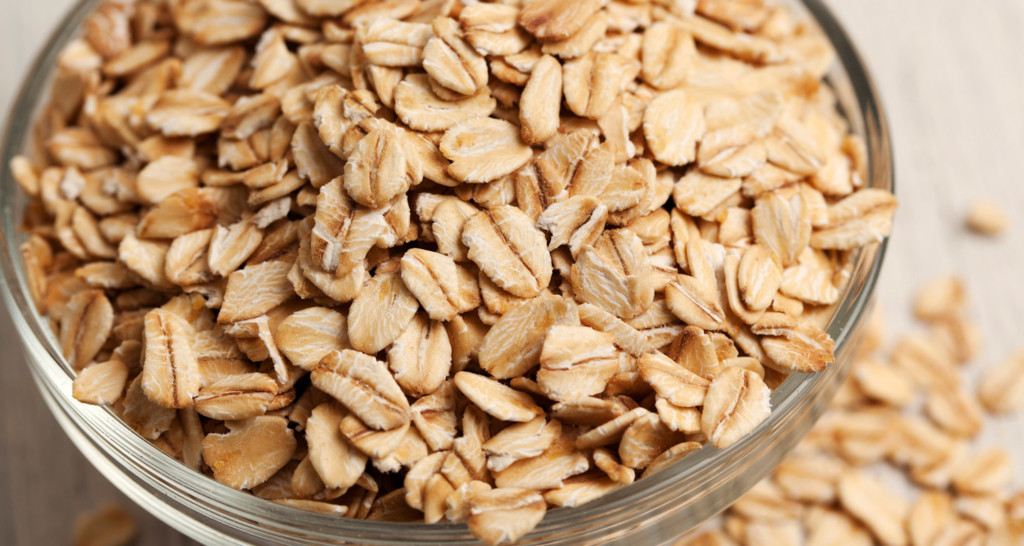
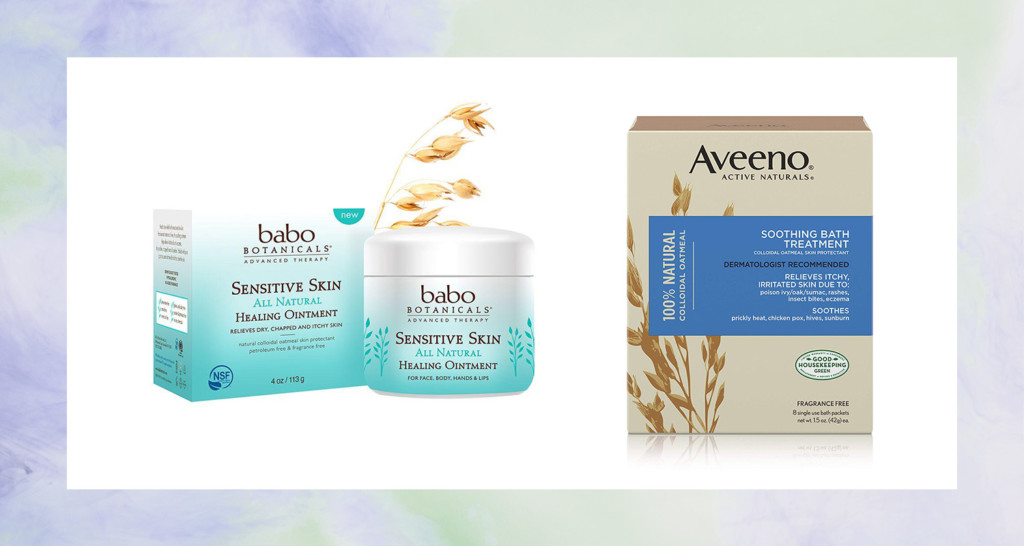
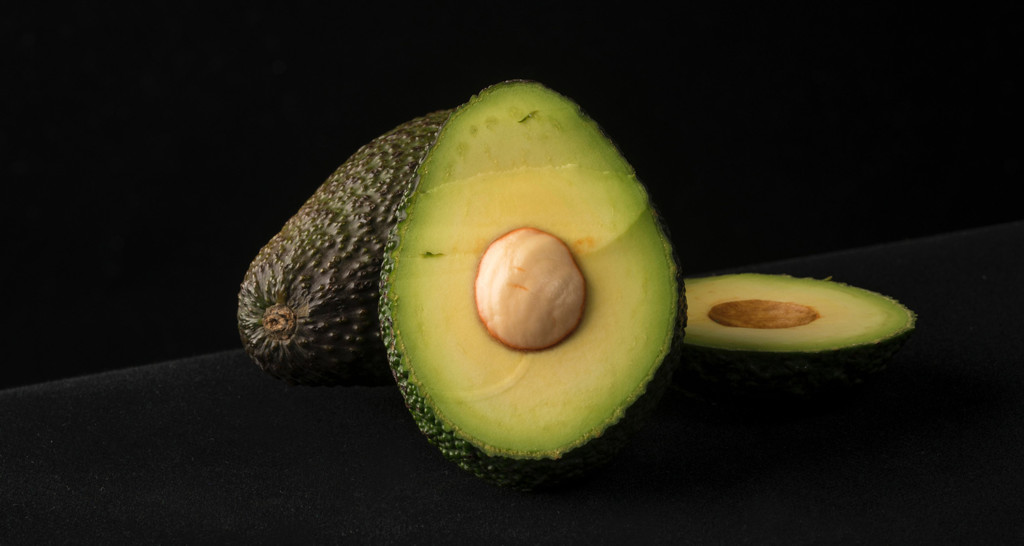

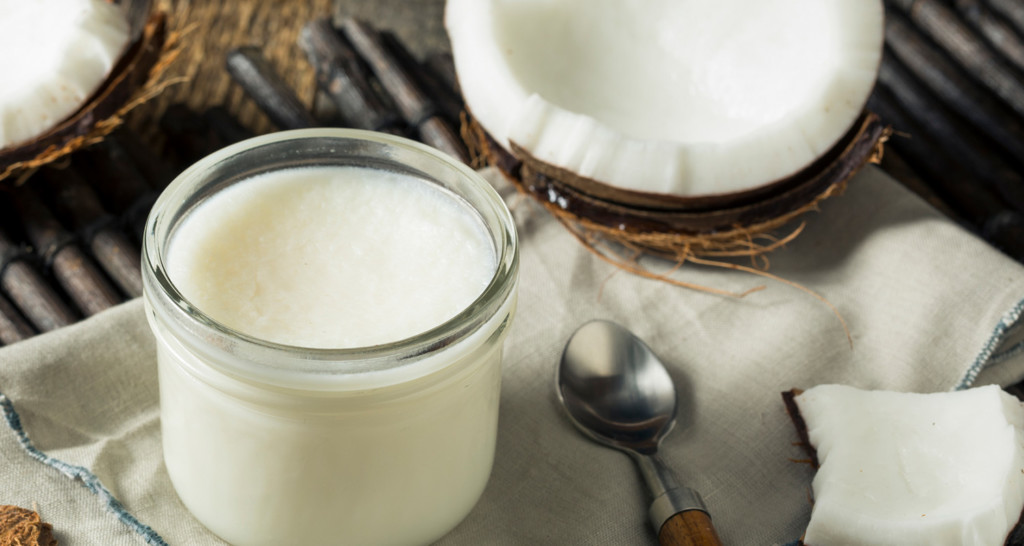
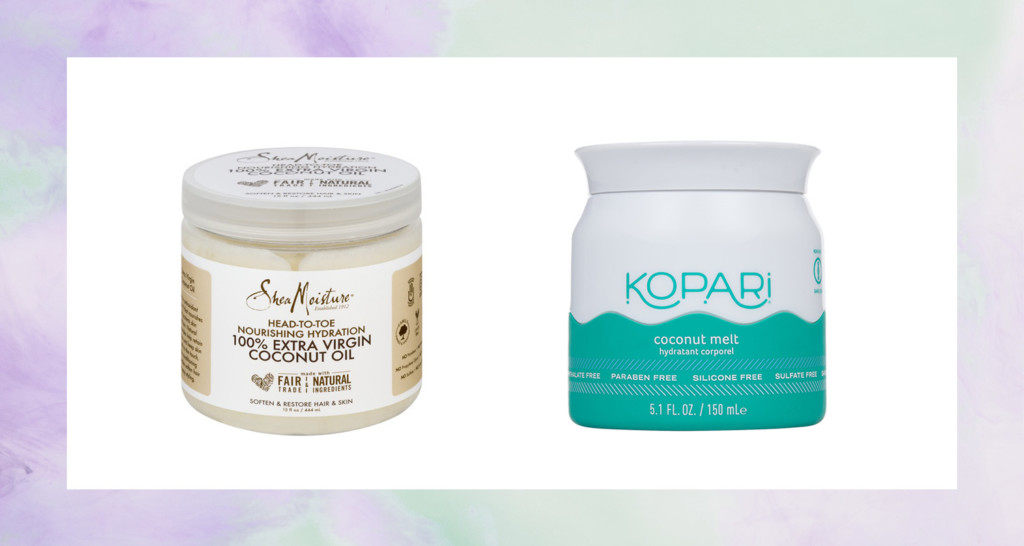

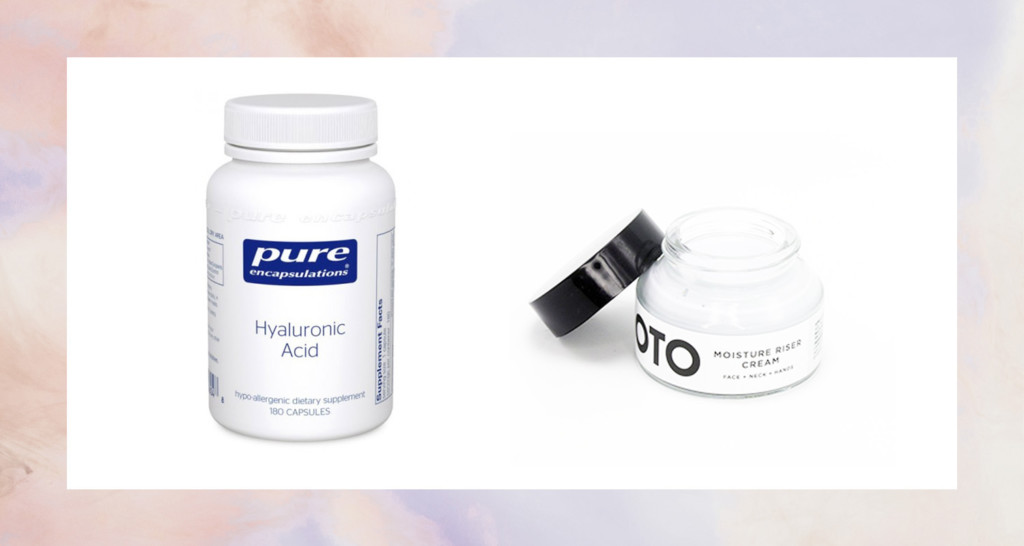
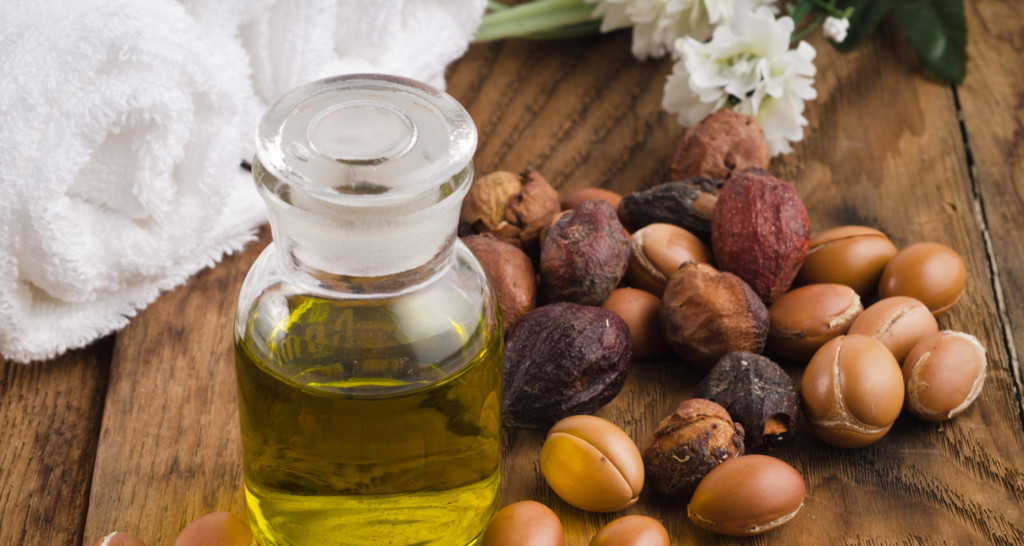
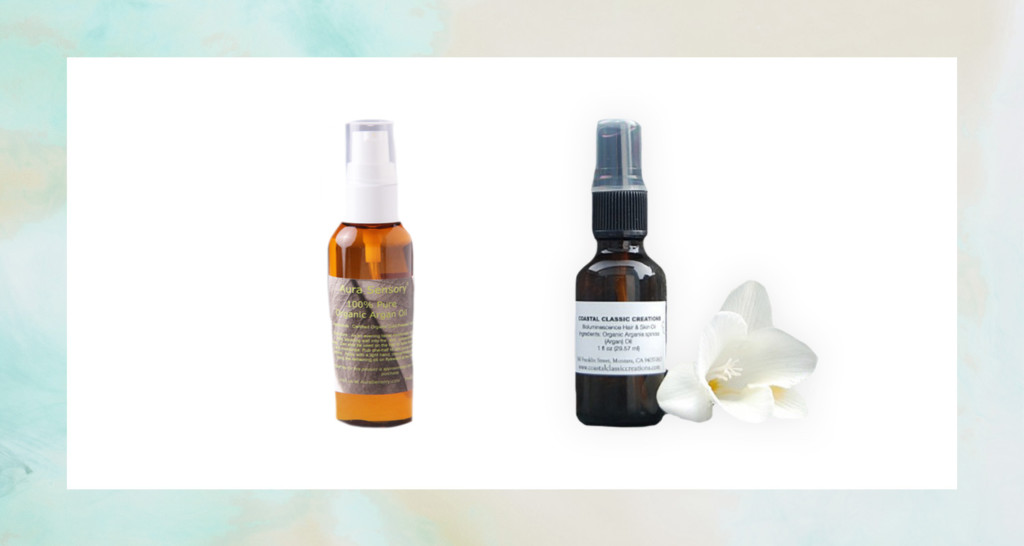
 ASMR is a pleasurable tingling sensation that some people get in the crown of their head that spreads to the neck and back, kind of like a chill, when they’re exposed to certain triggers. It’s a pleasant experience that’s even sometimes referred to as “brain orgasms.” People with ASMR say it helps reduce anxiety and depression and promote sleep.
ASMR is a pleasurable tingling sensation that some people get in the crown of their head that spreads to the neck and back, kind of like a chill, when they’re exposed to certain triggers. It’s a pleasant experience that’s even sometimes referred to as “brain orgasms.” People with ASMR say it helps reduce anxiety and depression and promote sleep.  Experts think physiological mechanisms behind this sensation is rooted in the Default Mode Network (DMN), which is the neural network that connects different regions of the brain.
Experts think physiological mechanisms behind this sensation is rooted in the Default Mode Network (DMN), which is the neural network that connects different regions of the brain.  If you peruse YouTube for ASMR videos, the first thing you’ll notice is there are a lot of them (nearly 84 million and counting!). The second thing you’ll notice is some common themes. People speaking in soft voices, crisp sounds (think: paper rustling, slime squishing, or a match striking), and repetitive noises are in heavy rotation. According to one study, the videos that triggered the most intense ASMR experiences involved
If you peruse YouTube for ASMR videos, the first thing you’ll notice is there are a lot of them (nearly 84 million and counting!). The second thing you’ll notice is some common themes. People speaking in soft voices, crisp sounds (think: paper rustling, slime squishing, or a match striking), and repetitive noises are in heavy rotation. According to one study, the videos that triggered the most intense ASMR experiences involved


